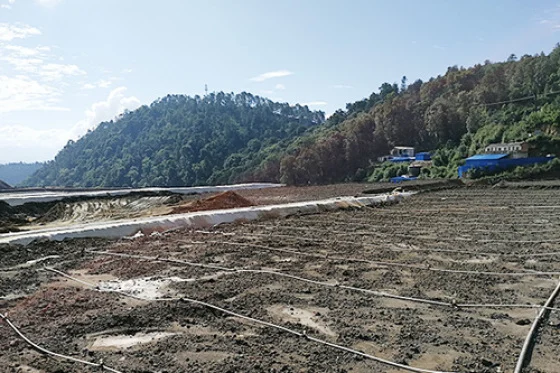
1. Introduction
Cyanide heap leaching is a widely used method for extracting precious metals, especially gold, from low - grade ores. However, to achieve better economic and environmental benefits, continuous improvement of its technical indicators is necessary. This article discusses several key measures to enhance the efficiency and effectiveness of cyanide heap leaching production.
2. Ore Pretreatment
2.1 Granulation
Ores with high clay and fine - grained material content are not suitable for direct heap leaching as they can cause poor permeability in the ore heap. Granulation pretreatment is crucial in such cases. By granulating the ore, the leaching speed of gold can be increased, and in most situations, the gold leaching rate can be significantly enhanced. Depending on the ore characteristics, either full granulation or fine - grained and partial granulation can be carried out. For example, in some mines with a large amount of fine - grained ore, after granulation, the permeability of the ore heap has been improved by 10 - 100 times, and the leaching cycle has been shortened by about 1/3. while the gold recovery rate has increased by 10% - 30%.
2.2 Removal of Harmful Impurities
Some gold - bearing ores contain high levels of copper, arsenic, antimony, bismuth, and other components. These elements can greatly increase the consumption of cyanide or consume the oxygen in the pulp, reducing the gold leaching rate. Additionally, if the carbon content in the ore is high, the carbon will absorb the dissolved gold, resulting in gold loss with the tailings. Pre - oxidation roasting or flotation can be used to eliminate the influence of these harmful impurities. For instance, pre - oxidation roasting can transform the refractory gold - bearing minerals into more easily leachable forms, improving the gold leaching efficiency.
3. Optimization of the Heap Leaching Process
3.1 Improving Ore Heap Permeability
3.1.1 Reasonable Heap Construction
Heap construction is a vital link in the gold heap leaching process. Advanced arc - shaped heap construction equipment should be used, and the process of "stacking in sections, cross - spraying, multi - stage countercurrent leaching" should be adopted. This can make the entire ore pile have relatively uniform permeability, avoiding channeling or local blockage. For example, the use of segmented heap construction can reduce the compaction of the ore by mining equipment, maintaining the voids in the ore heap.
3.1.2 Oxygen Supply
During the construction of the ore heap, devices that facilitate the entry of oxygen should be installed to improve the permeability of the pile and the leaching speed. For example, objects such as crab sticks or bamboo tubes can be buried in the pile. After leaching for a period of time, these buried objects are pulled out to create channels for oxygen entry, improving permeability for gold leaching. In some cases, local loosening blasting can be carried out on the parts of the ore heap where water accumulates after a certain period of heap leaching. This can loosen the ore pile and enhance its permeability. Research results show that increasing the oxygen content in the ore pile can not only shorten the leaching cycle by nearly 1/3 but also increase the gold leaching rate.
3.1.3 Determining the Right Heap Height
Generally, the bottom of the ore heap has a worse leaching effect than the upper part, mainly due to insufficient oxygen supply at the bottom. The higher the heap, the more pronounced this phenomenon becomes. Combining with multi - layer heap construction, the method of layer - by - layer construction and leaching can be adopted. This can not only shorten the leaching time and improve the leaching rate but also increase the total height of the ore heap. For example, the Carlin Gold Mine in the United States adopted this process, and the final heap height reached 61m, significantly improving the economic benefits of the enterprise.
3.2 Controlling Leaching Temperature
Cyanidation requires a relatively high temperature. In cold climates, the leaching temperature is the main obstacle to heap leaching. When the leaching temperature is lower than 10 °C, the dissolution rate of gold will drop sharply. To break through this temperature limit and extend the heap leaching season, the solution needs to be heated before leaching and then sent to the ore pile. Some mines in Canada use waste heat to heat the solution, effectively prolonging the heap leaching operation time. For example, the Richmond Hill Gold Mine in South Dakota, the United States, adopted a method to heat the solution, which increased the leaching rate and extended the production time.
3.3 Adjusting Reagent Concentration
3.3.1 Initial Reagent Concentration
For ores with few soluble impurities, appropriately increasing the initial reagent mass fraction can improve the leaching speed. For example, in a certain mine, when using a 0.1% cyanide solution for leaching, the required time was only about 1/4 of that when using a 0.025% cyanide solution. However, it should be noted that the reagent concentration should be controlled according to the ore properties to avoid excessive consumption.
3.3.2 Staged Control of Reagent Concentration
As the leaching time extends, the reagent mass fraction should be controlled in stages and gradually decreased to reduce the total consumption of reagents. Generally, at the beginning, the reagent mass fraction is 0.05% - 0.1%, and finally, it is reduced to 0.025% - 0.03%. This staged control method can ensure the leaching effect while saving reagent costs.
4. Selection of Leaching Equipment and Methods
4.1 Spraying vs. Drip Irrigation
The spray method is suitable for ores with large particle sizes. However, it is not easy to control the amount of gold leaching solvent, and it is difficult to increase the leaching rate. At the same time, the tiny water droplets containing cyanide sprayed into the air are easy to diffuse, which easily pollutes the environment. In contrast, drip irrigation can increase the air content in the solution, which means that the oxygen content participating in the chemical reaction is increased, thereby improving the activity of gold precipitation. Drip irrigation can also accurately control the concentration of the cyanide solution and reduce the loss of sodium cyanide in the air. In addition, it is easier to add temperature - control equipment to achieve the purpose of increasing the chemical reaction temperature of heap leaching. Therefore, in some areas with high environmental requirements or specific ore characteristics, drip irrigation may be a better choice.
4.2 Leaching Aids
As an additive, the leaching aid can increase the contact between cyanide and gold when added to the cyanide leaching slurry. On the other hand, it can eliminate or weaken the influence of harmful impurity elements on the cyanide leaching of gold, thereby enhancing the dissolution and leaching effect of the agent on gold and ultimately reducing production costs and improving the economic efficiency of enterprises. Common leaching aids added in the heap leaching process include oxidizing agents, enhanced leaching agents, wetting agents, etc. Adding oxygen - containing oxidizing agents (such as H₂O₂, CaO₂, Na₂O₂, etc.) to the cyanide leaching process can increase the "effective active oxygen" in the slurry, thereby improving the leaching effect of gold ore. Adding an appropriate amount of wetting agent or enhanced leaching agent to the cyanide solution is conducive to the penetration of the cyanide solution and promotes the reaction between the cyanide solution and the encapsulated gold.
5. Monitoring and Management
5.1 Real - time Monitoring of the Leaching Process
During the cyanide heap leaching process, real - time monitoring of various parameters such as solution pH, cyanide concentration, oxygen content, and leaching temperature is necessary. Advanced monitoring equipment can be used to collect data continuously. For example, pH sensors can be installed in the leaching solution to ensure that the pH value is maintained within the appropriate range (usually 10 - 11 for cyanide leaching). If the pH value is too high or too low, it will affect the leaching effect. By monitoring these parameters in real - time, timely adjustments can be made to ensure the stable operation of the leaching process.
5.2 Regular Maintenance of Equipment
Regular maintenance of heap leaching equipment is essential to ensure its normal operation. This includes checking the spraying or drip irrigation equipment for blockages, ensuring the normal operation of pumps and pipelines, and maintaining the integrity of the ore heap. For example, if the spraying nozzles are blocked, it will lead to uneven distribution of the leaching solution, affecting the leaching effect. Regular cleaning and inspection of the equipment can prevent such problems and improve the overall efficiency of the production process.
6. Conclusion
Improving the technical indicators of cyanide heap leaching production requires comprehensive consideration of various aspects, including ore pretreatment, optimization of the leaching process, selection of appropriate equipment and methods, and strict monitoring and management. By implementing these measures, not only can the gold leaching rate be increased, but also the consumption of reagents can be reduced, and the environmental impact can be minimized. This will help mining enterprises to achieve better economic and environmental benefits in cyanide heap leaching production.
- Random article
- Popular articles
- Popular comments
- Gravity beneficiation process for iron ore
- Gold Mine Combined Beneficiation Process
- Branch serial flow flotation process for lead-zinc ore
- Floatability flotation process for lead-zinc ore
- Nickel ore magnetic separation+flotation combined process(Sulfide ore)
- Lithium ore magnetic separation process
- Uranium Ore Radioactive Treatment Process



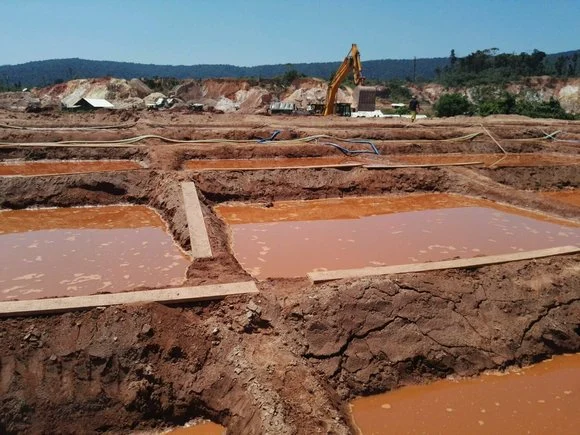
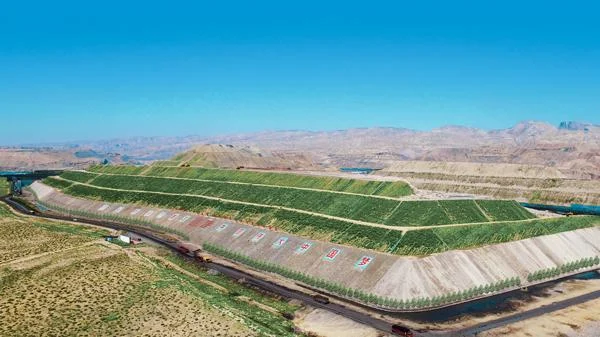
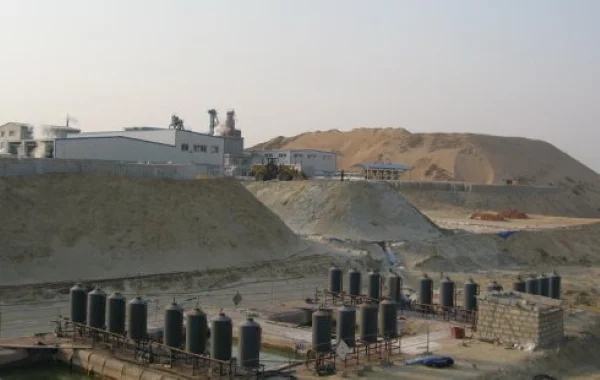
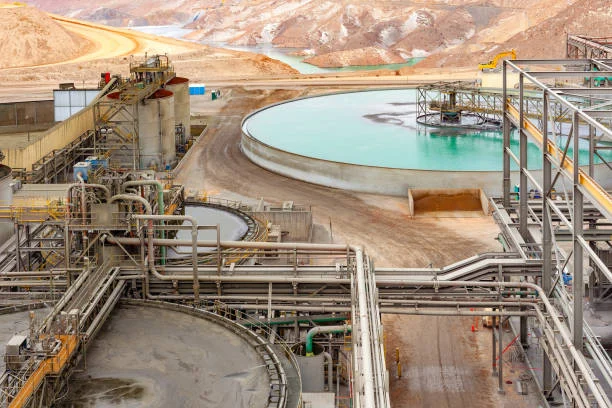
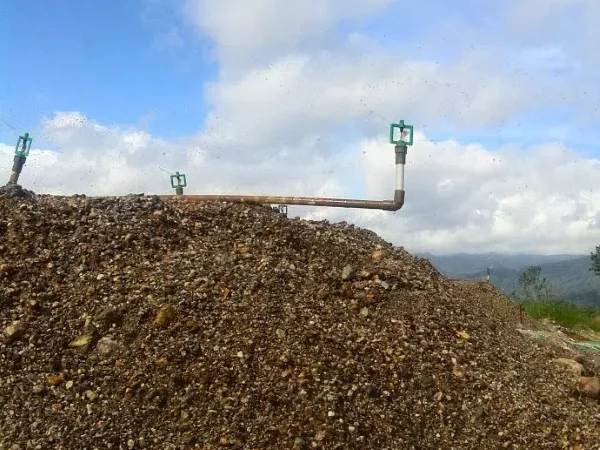
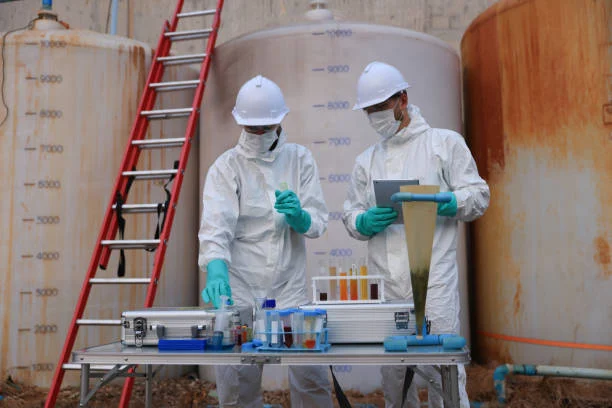
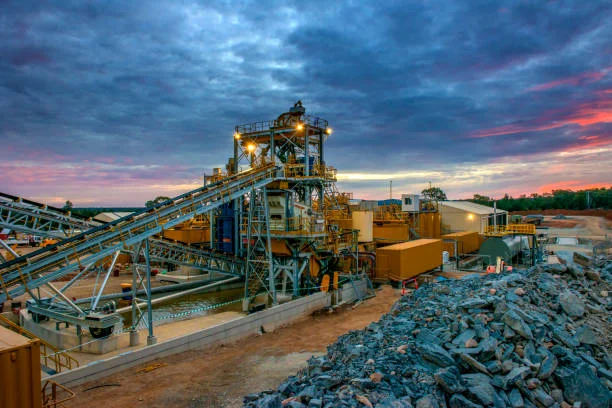
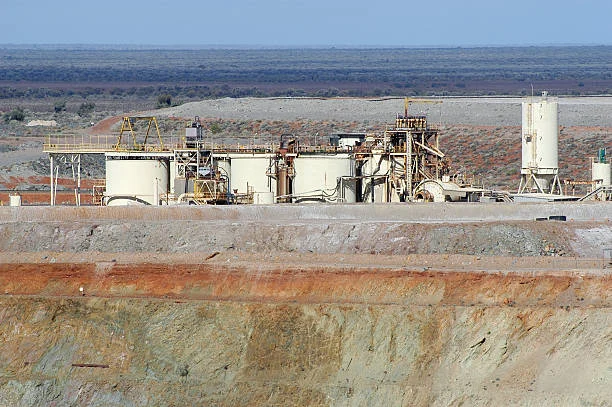
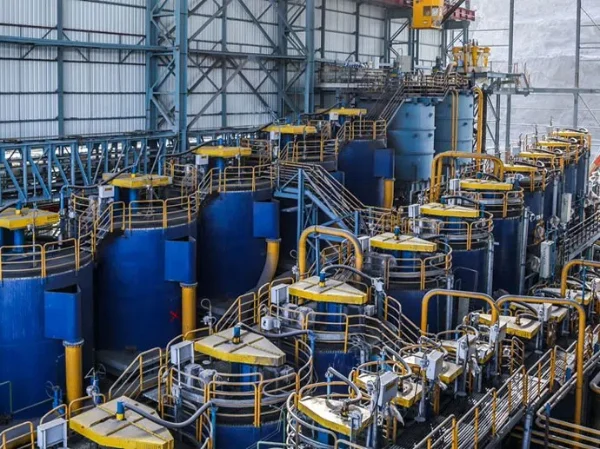
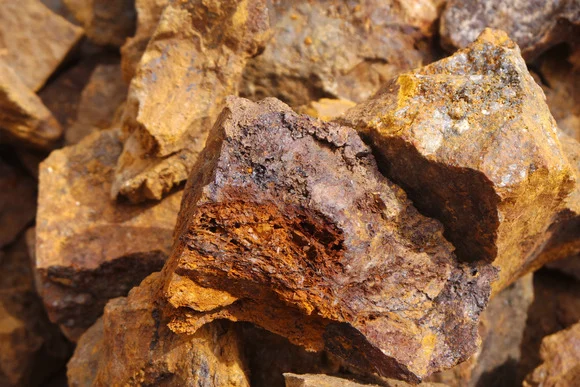

Leave a message with your needs or comments
Add comment: